Conifer Cones
Antman452
11 years ago
Related Stories

GARDENING GUIDESDesigning With Conifers: Find the Perfect Fit for Your Landscape
Conifers range from fairy-garden size to 70 feet tall. Here’s how to decifer the plant tag for the perfect long-term fit in your garden
Full Story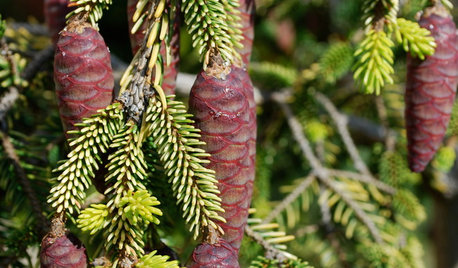
GARDENING GUIDESGreat Design Plant: Skylands Oriental Spruce, a Favorite Conifer
Brighten up a drab corner of your garden with Picea orientalis ‘Skylands’, a smaller spruce that a bird family might just call home
Full Story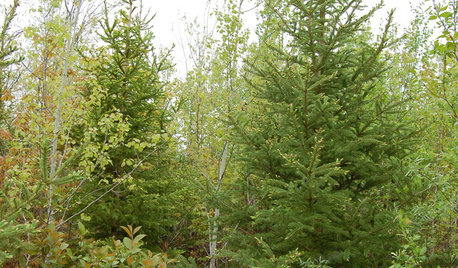
GARDENING GUIDESGreat Design Plant: Picea Glauca
Its sculptural form and evergreen foliage provide year-round beauty and wildlife shelter. Its cones offer important winter songbird food
Full Story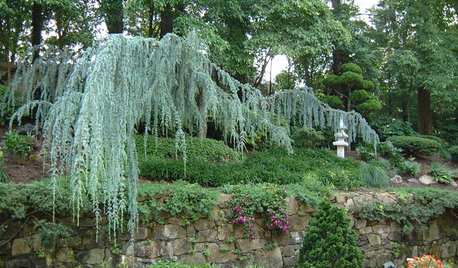
GARDENING GUIDESGreat Design Plant: Cedrus Atlantica ‘Glauca’
With its blue foliage and variety of shapes, blue atlas cedar earns its place in the sun
Full Story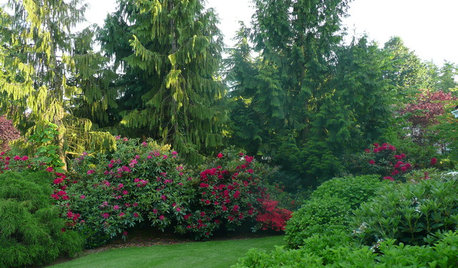
GARDENING GUIDESGreat Design Plant: Chamaecyparis Nootkatensis
Alaska cedar brings an element of sculpture to the garden
Full Story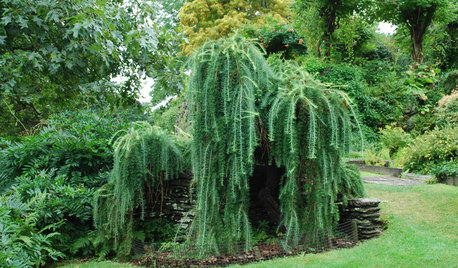
GARDENING GUIDESGreat Design Plant: Larix Decidua ‘Pendula’
Soft, graceful and sculptural, weeping larch is a star in northern U.S. gardens
Full Story
MOST POPULARHouzz Call: Show Us Your Winter View!
Share pictures of your home and garden in winter — whatever your climate, architecture and plantings
Full Story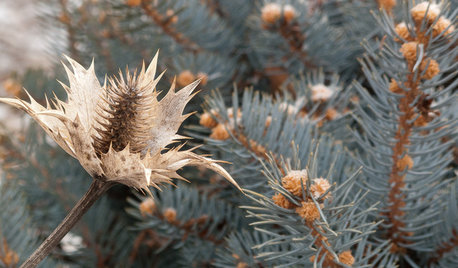
WINTER GARDENINGInspiring Winter Scenes From the Denver Botanic Gardens
Use seed heads, bare branches and grasses to design lovely garden displays when the ground is frozen
Full Story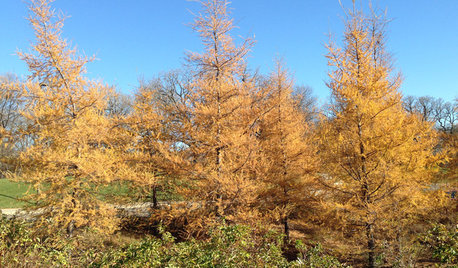
GARDENING GUIDESGreat Design Plant: Larix Laricina Glows Gold in Late Autumn
Plant tamarack for a beautiful late-fall golden display
Full Story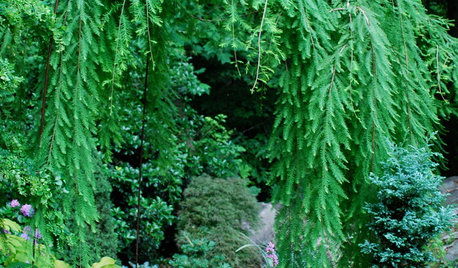
LANDSCAPE DESIGNThe Weepers and the Creepers: 10 Intriguing Trees for Your Garden
Bring something a little different to your landscape with a tree that dives, twists or crawls
Full Story






fatamorgana2121
Antman452Original Author
Related Professionals
Lakewood Landscape Architects & Landscape Designers · Woodinville Landscape Architects & Landscape Designers · Edmond Landscape Contractors · Dixon Landscape Contractors · East Chicago Landscape Contractors · El Sobrante Landscape Contractors · Royal Oak Landscape Contractors · Saint John Landscape Contractors · Shirley Landscape Contractors · West Coon Rapids Landscape Contractors · Redondo Beach Fence Contractors · Staten Island Fence Contractors · Summit Fence Contractors · Sunrise Manor Fence Contractors · Somersworth Siding & Exteriorsfatamorgana2121
Antman452Original Author
tsugajunkie z5 SE WI ♱
plays_in_dirt_dirt
plays_in_dirt_dirt
Antman452Original Author
plays_in_dirt_dirt
Antman452Original Author
docmom_gw
Antman452Original Author
honymand
honymand
Antman452Original Author